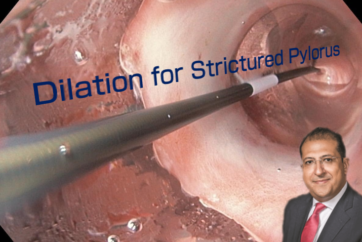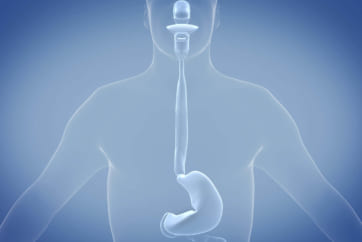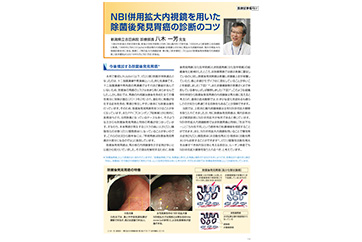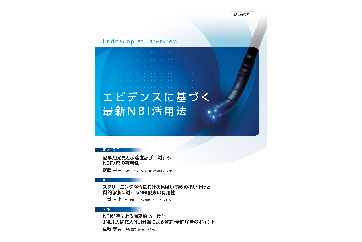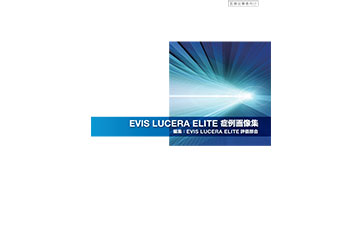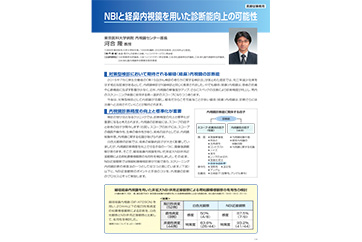No2: The Role of the Balloon for a Difficult Angled Dilation of a Gastro-Gastric Anastomotic Stricture following a Roux-En-Y Gastric Bypass.
Author

Dr. Sherif Andrawes,
MD,FACG, FASGE, AGAF
He is the Director of Endoscopy at Staten Island University Hospital in Staten Island, NY. He is also an Assistant Professor of Medicine at Hofstra Northwell School of Medicine in Hempstead, NY.
His clinical interests include Ampullary and Duodenal pathology, the treatment of Pancreatic Cancer, Resection of Colon Polyps, Duodenal Carcinoid Excision, and the utility of EUS-FNA in diagnosing Neuroendocrine tumors in the Pancreas.
Patient History
- 30-year-old female with history of eating disorder and morbid obesity s/p Roux-En-Y gastric bypass.
- She developed post-operative complication, ischemia and perforation- a revision was performed.
- A gasto-gastric fistula was noted on upper GI series and the fistula was utilized to aid in the process of healing.
Patient Exam
- Upper endoscopy was performed.
Conclusion
The angle of this dilation case was difficult, a balloon helped overcome several case challenges:
- Easy and safe navigation of a tight and tortuous gastro-gastric anastomosis.
1.) Wire-guided dilation protecting sensitive anatomy - Precise placement with center visual marker to keep the center of the balloon exactly at the site of the strictured anastomosis during dilation.
- Safe visual assessment of tissue during dilation:
Rounded balloon shoulders and ultra-clear material enable enhanced visualization of this delicate anastomotic stricture during dilation. - Equal radial force exerted along the full length of the stricture with circumferential effect.
- Sequential, gradual dilation with accurate inflation.
- Quick inflation-deflation but with tactile perception to determine the amount of resistance encountered with inflation/deflation











